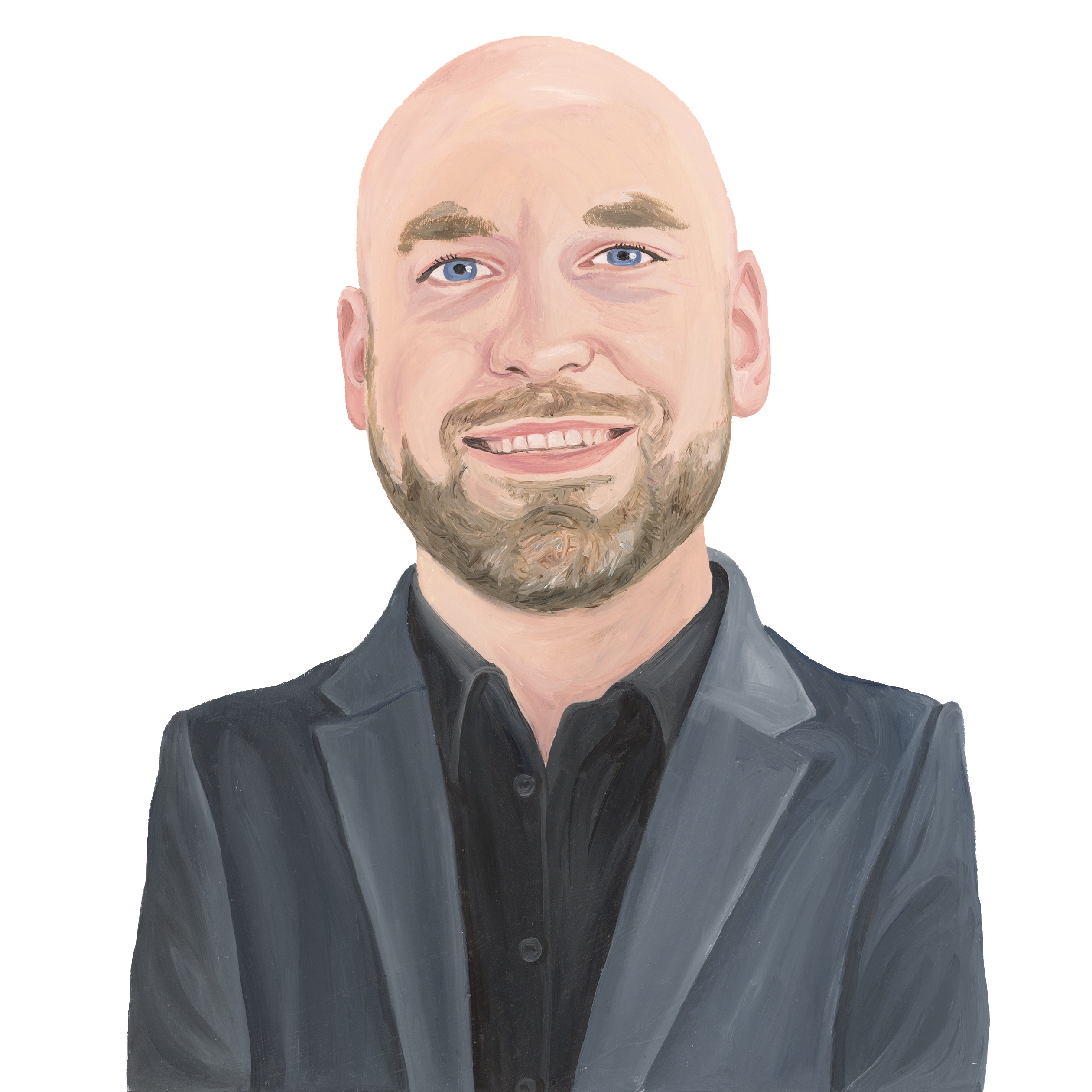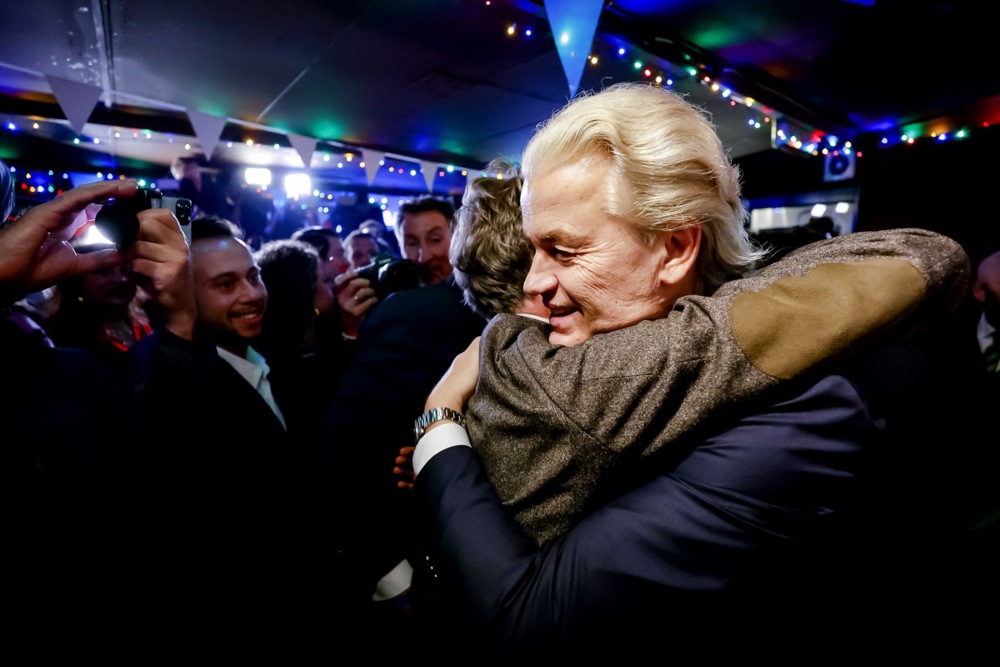In 2007, Philippe Legrain published the book Immigrants: Your Country Needs Them with Princeton University Press in which he claimed that “sober-minded economists reckon that the potential gains from freer global migration are huge.”
At the height of the 2015 migration crisis the chief economist of the Deutsche Bank, David Folkerts-Landau euphorically proclaimed that “I can even picture a cultural and economic renaissance similar to the one in the decades prior to the beginning of World War I.”
According to him, refugees are “the best thing that has happened [to Germany] in 2015”. The World Bank makes similar arguments, and the International Organization for Migration, a UN body, recently published a Dutch funded video about how “migration is part of the solution”.
So why do a majority of European citizens still steadfastly refuse to embrace the benefits of mass migration, when according to “sober-minded economists” like Folkerts-Landau it is the best thing that can happen to the Old (metaphorically and literally) continent?
One reason could be that despite their sober-mindedness, these economists never ran the actual numbers. The Dutch mathematician Jan H. van de Beek took a closer look at the experience with migration in the Netherlands, and his results are sobering.
According to his numbers, the federal government spent approximately 17 billion euro per year on migration in the period between 1995 and 2019, which translates into more than one billion euros every single month over this time period.
Van de Beek ventured with his study into an area not many dare to this days. He distinguished between Western and non-Western immigration and the different economic outcomes: It is the cost of mostly non-Western immigration that amounts to 17 billion euros per year, while immigration of individuals with a Western background causes a surplus of roughly one billion Euros.
This distinction matters for the future of the Dutch, and for many other European, welfare systems: If immigration remains at the 2015-2019 levels, the annual budget burden will increase from 17 billion euro in 2016 to about 50 billion. An increase that the welfare state most likely would not survive.
The Dutch findings are mirrored in similar studies all across Europe: The Danish Finance Ministry, found out that non-Western immigrants are most likely to remain lifelong welfare recipients at much higher rates than native Danes or immigrants from Western countries.
The same is true in Germany and Austria: About 45 per cent of those who receive unemployment benefits are not German citizens, costing the tax payers around 20 billion euro per year. One of the largest migrant groups, the Turkish community, now stands at 1.4 million and over 2 per cent of the German population.
On average they perform much worse than their German peers: They have higher unemployment numbers, retire earlier, and depend more on government benefits than other groups. Austria shows similar numbers with almost 60 per cent of recipients of some form of state benefits having a “migrant background”.
Not all non-Western migrants, however, are the same. An official French study concluded that while South-East Asian immigrants outperform even the native population in educational attainment and economic activity, it is particularly immigrants from the Middle East and North Africa who appear to struggle.
Contrary to the popular narrative that “structural racism” is to blame, we see significant differences between groups with a similar ethnic background. Immigrants from India, for example, tend to outperform those from Pakistan and Bangladesh, while Nigerians tend to outperform other African migrants.
It is highly unlikely that the average European can distinguish between these groups of people, or that Europeans are so selective in their racism that they like migrants from Nigeria and dislike those from Somalia.
Van de Beek and others see the structure of the welfare state as the cause of the problem. It often creates perverse incentives.
If access to government paid services is too easily available it becomes a primary motivation for migration, discouraging any motivation to look for work, regardless of their country of origin.
A wrongly designed welfare system can lead to disparate outcomes even among people with the same background, as the European experience with Ukrainian refugees shows: In Denmark over 70 per cent are integrated into the labour market, in Poland and the Czech Republic over 60 per cent, in the Netherlands, Great Britain, and Ireland around 50 per cent – while in Germany and Austria the number remains below 20 per cent.
That being said, however, there is no denying that cultural factors play a massive role, and the blanket claim that immigration is always a “net-good” simply does not pass the empirical test.
European leaders should start to recognise this, because the people did so a while ago.






Predictions for 2024: The West’s energy crisis may be coming to an end, but Zelensky must look ahead at the coming year with foreboding